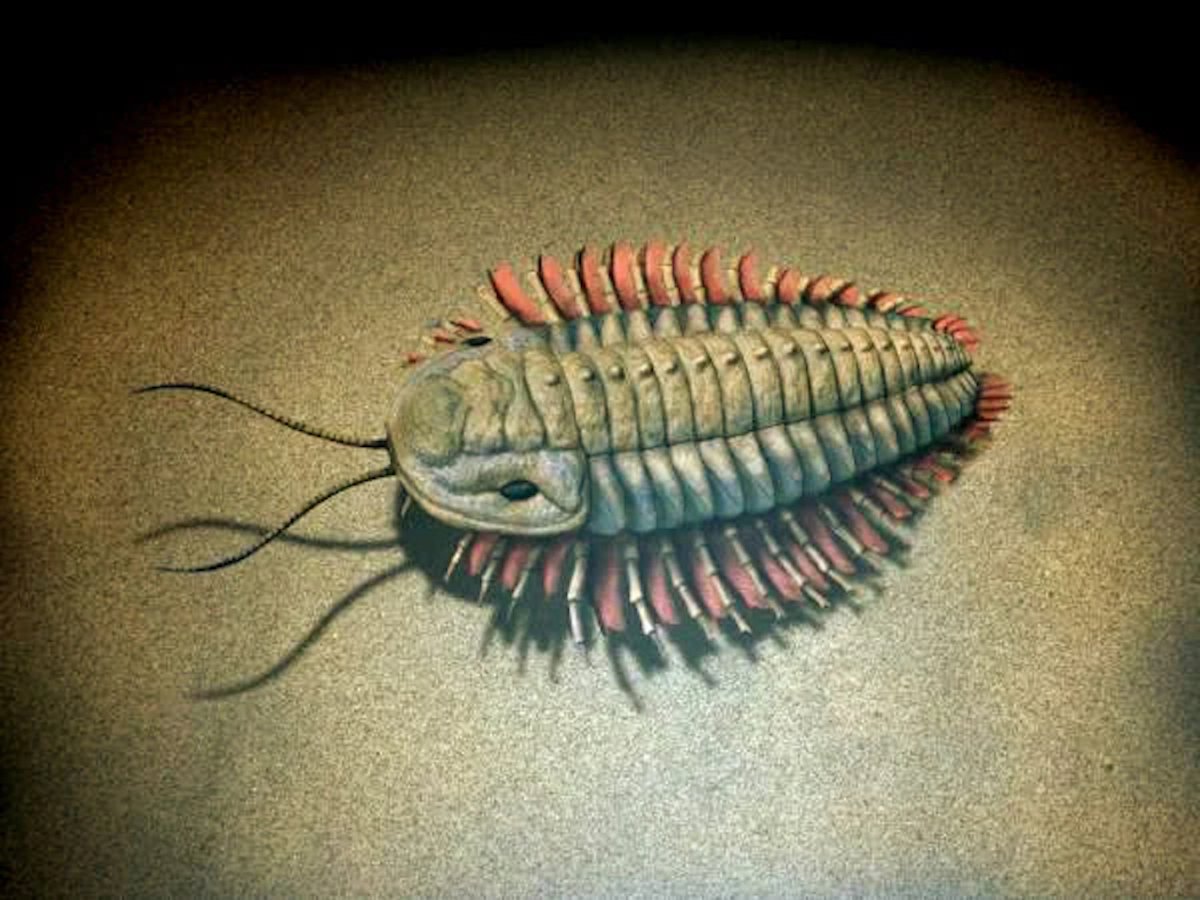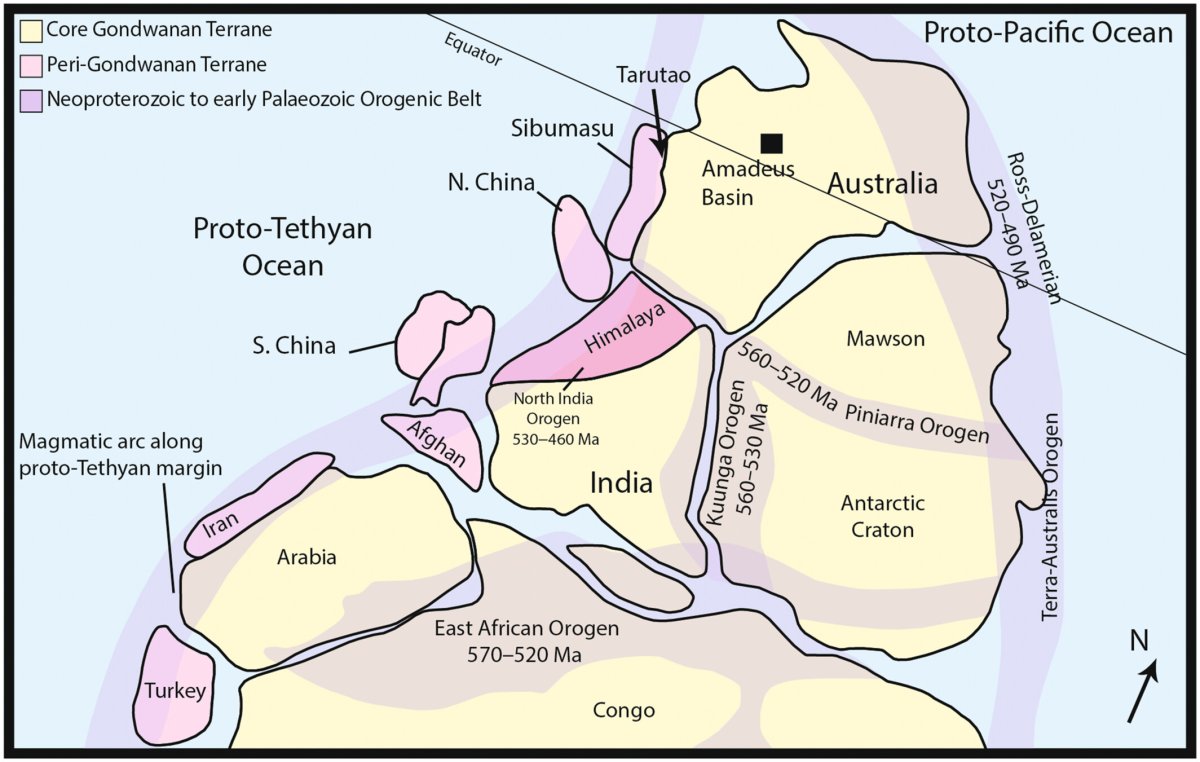Researchers have uncovered the fossils of numerous extinct sea creatures that lived hundreds of millions of years ago—and they could help solve an ancient geographical puzzle, according to a recently published study.
The fossils represent various types of a strange class of prehistoric marine animals known as a trilobites. A team of scientists collected the specimens on the island of Ko Tarutao in Thailand.
Trilobites resemble woodlice, otherwise known as roly-poly bugs, in appearance, featuring a segmented body, half-moon-shaped head and several limbs. Among their more unusual characteristics, research has revealed that these animals may have breathed through structures resembling gills that hanged off their legs.
Trilobites formed a prominent part of marine ecosystems during most of their 270-million-year history, which spanned from the early Cambrian period to the end of the Permian—roughly 541–252 million years ago.

Now, in a study published last month in the journal Papers in Palaeontology, the researchers have described 10 previously unknown species of trilobite that they discovered on the coast Ko Tarutao. The team named one of the new species, Tsinania sirindhornae, after Thai Royal Princess Maha Chakri Sirindhorn in honor of her support for science, and particularly her interest in paleontology.
The researchers also uncovered fossils representing a further 13 species in the area that have been found in other parts of the world before, but never in Thailand.
The trilobite fossils were found in layers of a relatively soft, light and porous rock known as tuff. This rock consists of ash or dust spewed out by ancient volcanic eruptions that has been gradually compacted over time.
Tuff contains crystals of a mineral known as zircon that forms during eruptions. This mineral is hard and chemically stable, as well as being resistant to heat and weather, allowing it to persist for long periods of time while others erode.
Importantly, the zircon crystals also contain individual atoms of uranium, which gradually decay over time, enabling researchers to date when the mineral formed.
"We can use radio isotope techniques to date when the zircon formed and thus find the age of the eruption, as well as the fossil," Nigel Hughes, an author of the latest study from the University of California, Riverside, said in a press release.
The rocks in which the trilobite fossils were found on the coast of Ko Tarutao date from the very last stage of the Cambrian period (roughly 490 million to 485 million years ago) to the earliest stage of the following Ordovician period (roughly 485 to 478 million years ago).
The discovery of the trilobites that had been found in other parts of the world, but never before in Thailand allowed the researchers piece together an ancient geological puzzle.
"Our planet seems unique in that its geography changes dramatically over time: a kind of 3D jigsaw with the pieces continuously changing shape that's known as 'plate tectonics'. Our job is to recover the detailed history of that changing jigsaw puzzle. Why? Because this tells us how the Earth has kept itself stable as a planet over millions of years as it keeps itself cool, and also because it provides clues to where critical mineral resources are located," Hughes told Newsweek.
When the Thai trilobites were alive, the "jigsaw piece" in which they were found was located on the outer edges of Gondwana, or Gondwanaland—an ancient supercontinent that included Africa, India, Australia, South America, Antarctica and parts of China, among other fragments.

The discovery of the trilobites in Ko Tarutao that were previously known from other parts of the world enabled the researchers to link the slice of continental crust on which the island lies (known as "Sibumasu") to former regions of Gondwana, such as Australia and parts of China. This is because the same types of trilobites have also been found in these areas.
"We can now connect Thailand to parts of Australia, a really exciting discovery," Shelly Wernette, another author of the study who is now at Texas State University, said in the press release.
Eastern and Southeast Asia are geologically young areas of the continent compared to other parts of the world, such as North America. This region is also one of the geologically least well understood areas of Earth. In part, this is because the vegetation is so abundant that it is hard to see exposed rocks in many places. In addition, the area consists of lots of small ancient "microcontinents" that had their own individual tectonic voyages before colliding to build eastern Asia.
"Our job is to define the pieces of the jigsaw that build east Asia, where they were previously, and when they came together. How do we do this? We look in the rocks formed at particular time periods to tell us what the pieces looked like at that time, and how things changed thereafter," Hughes told Newsweek.
He continued: "We can assess these things in various ways, but this study was using the geographic distributions on ancient trilobites to do that. We study the fossils to see where similar forms occurred, and where their closest relatives lived—that way we can judge the boundaries of the ancient jigsaw pieces and what their neighbors were."
The team's results revealed that the sliver of "ancient continental jigsaw piece" known as Sibumasu that bears the Thai trilobites was originally located along the margin of northern Gondwana, bordering western Australia and fragments of China.
"The next task is to see how that history changed through time as Gondwana broke up and present eastern Asia started to assemble," Hughes said.
Uncommon Knowledge
Newsweek is committed to challenging conventional wisdom and finding connections in the search for common ground.
Newsweek is committed to challenging conventional wisdom and finding connections in the search for common ground.
About the writer
Aristos is a Newsweek science reporter with the London, U.K., bureau. He reports on science and health topics, including; animal, ... Read more





